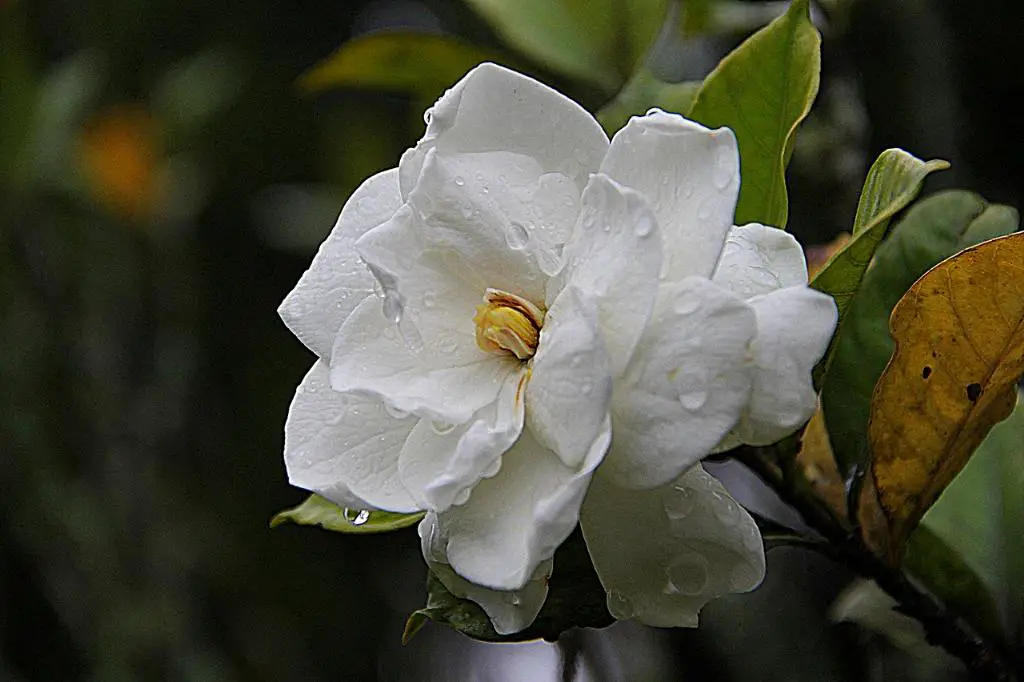Gardenias are known for their fragrant white blooms and glossy green leaves, but sometimes these beautiful plants can show signs of distress, indicating that something may be amiss. Some common signs that your gardenia may be struggling include yellowing leaves, leaf drop, lack of new growth, and wilted or drooping branches. These symptoms can be distressing for any plant enthusiast, but fear not, there are steps you can take to potentially revive your struggling gardenia.
Understanding the Importance of Pruning for a Dying Gardenia
Pruning is a crucial aspect of caring for gardenias, especially when they are showing signs of decline. By strategically removing old, diseased, or overgrown branches, you can help your gardenia redirect its energy towards new growth and bloom production. Proper pruning also promotes air circulation within the plant, reducing the risk of fungal diseases and pest infestations.
Timing and Tools for Pruning a Dying Gardenia
When it comes to pruning a dying gardenia, timing is key. The best time to prune a gardenia is in the late spring or early summer, after the plant has finished blooming. This timing allows the plant to recover and prepare for new growth throughout the growing season. To prune a gardenia, you will need a sharp pair of pruning shears or loppers to make clean cuts without damaging the plant.
Step-by-Step Guide on How to Prune a Dying Gardenia
1. Start by cutting away half of the oldest branches at the trunk using pruning shears to make room for new growth.
2. Trim the remaining branches to your desired height and shape, making cuts above a stem branch or leaf node to encourage new growth.
3. Remove any dead, damaged, or diseased branches to improve the overall health of the plant.
4. Step back occasionally to assess the shape of the gardenia as you prune, ensuring a balanced and aesthetically pleasing result.
Aftercare Tips for a Pruned Gardenia
After pruning your gardenia, it’s essential to provide proper aftercare to help the plant recover and thrive. Water the plant regularly, but avoid overwatering, as gardenias prefer slightly moist soil. Fertilize the plant with a balanced fertilizer to provide essential nutrients for new growth. Keep an eye out for any signs of stress or disease and address them promptly to prevent further damage.
Common Mistakes to Avoid When Pruning a Dying Gardenia
One common mistake when pruning a gardenia is removing too much foliage at once, which can shock the plant and hinder its ability to recover. Avoid cutting into the woody trunk of the plant, as this can lead to infection and long-term damage. Additionally, neglecting aftercare following pruning can undermine the benefits of the pruning process, so be sure to provide the plant with the care it needs to bounce back.
Conclusion
Pruning a dying gardenia may seem daunting, but with the right approach and tools, you can potentially revive your plant and help it thrive once again. By recognizing the signs of distress, understanding the importance of pruning, and following a systematic pruning process, you can give your gardenia the best chance at recovery. Remember to provide proper aftercare and avoid common pruning mistakes to ensure the long-term health and beauty of your beloved gardenia plant.

